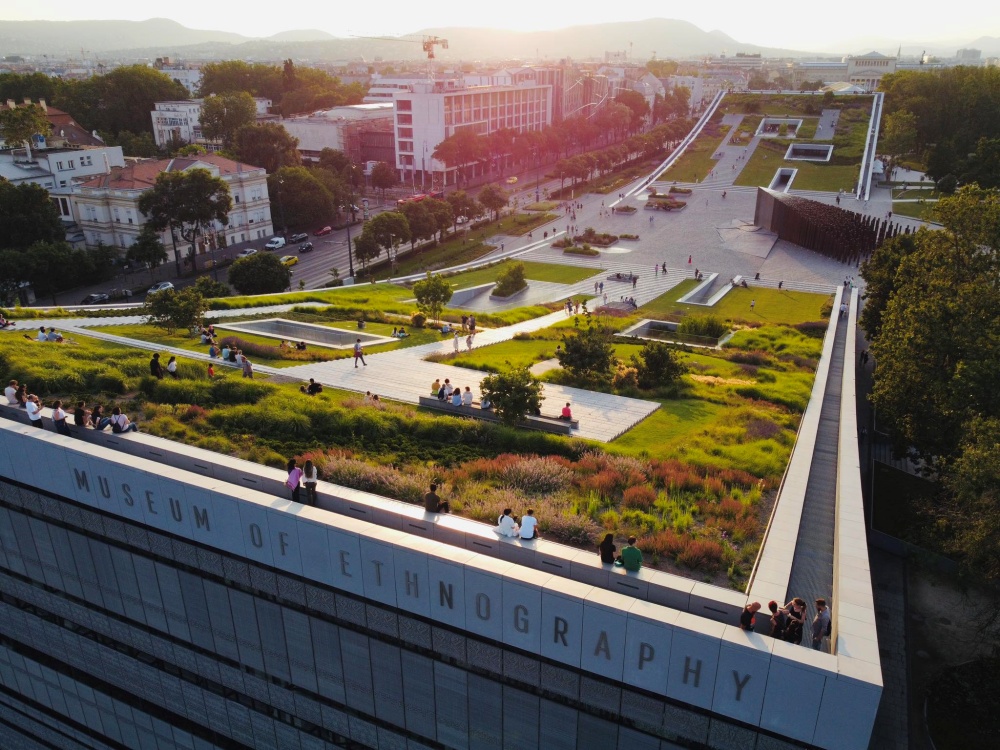
To mark the 152nd anniversary, visitors can see every corner of the museum in a series of exciting free programs.Continue reading

Since its reopening in 2022, the Budapest Museum of Ethnography has been a beacon of cultural exploration, boasting impressive exhibitions and dynamic programs. In a recent interview with Magyar Nemzet, the museum’s director, Lajos Kemecsi, shed light on the institution’s achievements, future plans, and commitment to preserving Hungarian folk culture.
“The new building, situated on the edge of City Park, has quickly become a beloved landmark, attracting over 400,000 visitors last year alone,” Lajos Kemecsi remarked. He attributes this success to the museum’s captivating exhibitions and diverse programs, including the Ceramic Space and the Source and Creativity exhibition, which showcased contemporary artwork alongside the museum’s development.
Mr. Kemecsi emphasized the museum’s commitment to accessibility, stating, “we do not count visitors who just walk around the building, but those who do enter and experience our exhibitions and programs are registered through our state-of-the-art access systems.”
This dedication to providing meaningful experiences has contributed to the museum’s popularity, with visitor numbers well surpassing 100,000 this year.
Currently, the museum features both permanent and temporary exhibitions, highlighting the richness and diversity of Hungarian culture. “The Ceramic Space offers an immersive journey through the world of ceramics,” he explained: “To get a sense of the thoughtfulness of the concept, it is to imagine that these forty times two meters are divided like the two hemispheres of the human brain.”
In addition to its exhibitions, the museum is actively engaged in research and education. “Ongoing research projects contribute to a deeper understanding of cultural heritage,” Mr. Kemecsi noted:
meanwhile, our education programs aim to engage visitors of all ages and backgrounds.”
Looking ahead, the museum is preparing to unveil its largest permanent exhibition to date. “It will be a huge and spectacular exhibition, featuring both Hungarian and international collections,” Kemecsi revealed. Set to open in early autumn, the exhibition will explore themes that have shaped the museum’s collection over the last 150 years, offering a comprehensive overview of Hungarian folk culture.
Despite the temporary closure of its main building, the museum remains committed to reaching audiences across Hungary and beyond.
Through the Petőfi Cultural Program, we will bring our exhibitions and educational programs to towns and villages nationwide,” the director affirmed.
“We are also preparing for the festival season, aiming to be present with a variety of projects both in the countryside and in the capital.”
The Budapest Museum of Ethnography stands as a testament to the richness and diversity of Hungarian culture. With its engaging exhibitions, groundbreaking research, and commitment to education, the museum continues to inspire and enlighten audiences around the world.
Via Magyar Nemzet; Featured Image: Facebook / Néprajzi Múzeum